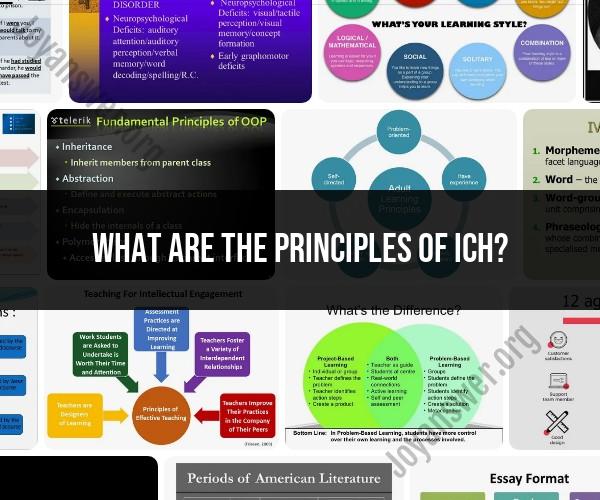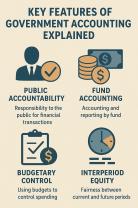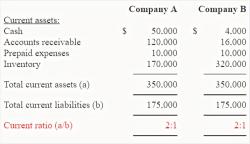What are the principles of Ich?
The Ichimoku Kinko Hyo, often referred to as Ichimoku or simply Ich, is a versatile technical analysis tool developed by Japanese journalist Goichi Hosoda in the late 1930s. The word "Ichimoku" can be translated as "one glance," reflecting the indicator's goal of providing a comprehensive view of the market at a single glance. Here are the key principles and components of the Ichimoku Kinko Hyo indicator:
Kumo (Cloud):
- The Kumo, or Cloud, is one of the central features of Ichimoku. It consists of two lines, Senkou Span A and Senkou Span B, creating a shaded area between them. The Kumo represents potential support and resistance levels. A bullish signal is generated when Senkou Span A is above Senkou Span B, and the cloud is green. Conversely, a bearish signal occurs when Senkou Span B is above Senkou Span A, and the cloud is red.
Tenkan-Sen (Conversion Line) and Kijun-Sen (Base Line):
- The Tenkan-Sen, or Conversion Line, is a short-term moving average calculated by averaging the highest high and lowest low over the last nine periods. The Kijun-Sen, or Base Line, is a longer-term moving average calculated over 26 periods. The interaction between these lines can provide insights into the market's momentum. When the Conversion Line crosses above the Base Line, it may indicate bullish momentum, and vice versa.
Chikou Span (Lagging Span):
- The Chikou Span, or Lagging Span, represents the current closing price plotted 26 periods behind. It helps traders identify the strength and direction of the current trend. If the Chikou Span is above the price, it supports a bullish trend, and if it's below the price, it may suggest a bearish trend.
Senkou Spans:
- Senkou Span A is the average of the Tenkan-Sen and Kijun-Sen plotted 26 periods ahead. Senkou Span B is the average of the highest high and lowest low over the past 52 periods, also plotted 26 periods ahead. The space between Senkou Span A and Senkou Span B forms the Kumo (Cloud), providing a visual representation of potential support and resistance zones.
Kijun/Tenkan Cross:
- The crossover of the Tenkan-Sen and Kijun-Sen lines can signal changes in market direction. A bullish signal occurs when the Tenkan-Sen crosses above the Kijun-Sen, suggesting upward momentum. Conversely, a bearish signal is generated when the Tenkan-Sen crosses below the Kijun-Sen, indicating potential downward movement.
Kumo Breakout:
- Traders often pay attention to the price's relationship with the Kumo. A breakout above or below the Kumo can indicate a potential trend reversal or continuation. If the price breaks above the Kumo, it may signal a bullish trend, while a break below the Kumo could suggest a bearish trend.
These principles form the foundation of the Ichimoku Kinko Hyo indicator. Traders often use Ichimoku for trend analysis, support and resistance identification, and to generate buy or sell signals. It's important to consider multiple components together to get a holistic view of the market conditions.
Ich and its impact on pharmaceuticals and healthcare:
1. Fundamental principles of Ich:
- Harmonization: Achieves greater global agreement on technical requirements for developing, registering, and maintaining human pharmaceutical products.
- Scientific Rigor: Ensures guidelines are based on sound science and data, promoting high-quality and safe medicines.
- Transparency: Open and inclusive processes involving regulatory authorities and the pharmaceutical industry for balanced decision-making.
- Flexibility: Provides adaptable guidelines that consider regional specificities while maintaining core principles.
- Efficiency: Aims to streamline drug development and approval processes, reducing costs and time to market.
2. Impact on industries:
- Reduced duplication: Avoids repetitive testing and studies in different countries, saving time and resources.
- Faster development: Streamlined processes and global recognition of data lead to quicker drug approvals.
- Lower costs: Reduced development burdens translate to potentially lower drug prices.
- Improved quality and safety: Consistent standards foster safer and more effective medicines globally.
- Increased public health: Faster access to essential medicines benefits patients worldwide.
3. Guidelines for clinical research:
Ich publishes numerous guidelines covering various aspects of clinical research:
- Good Clinical Practice (GCP): Ethical and scientific standards for conducting clinical trials.
- Safety Requirements: Assessing and managing potential risks in clinical trials.
- Efficacy Requirements: Designing and analyzing studies to demonstrate drug effectiveness.
- Quality Requirements: Ensuring manufacturing and control processes meet quality standards.
- Non-clinical Studies: Animal studies to gather safety and efficacy data before human trials.
These guidelines ensure consistent, ethical, and scientifically sound clinical research worldwide, contributing to the development of safe and effective medicines.
Remember, Ich is not a regulatory body itself, but its guidelines serve as valuable tools for harmonizing global expectations and standards in the pharmaceutical and healthcare industries.













